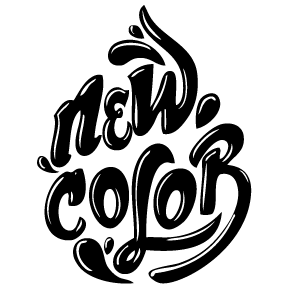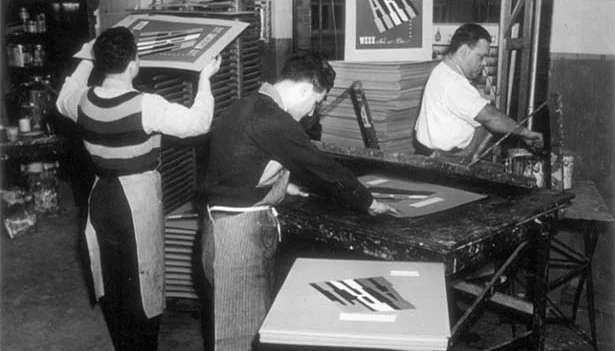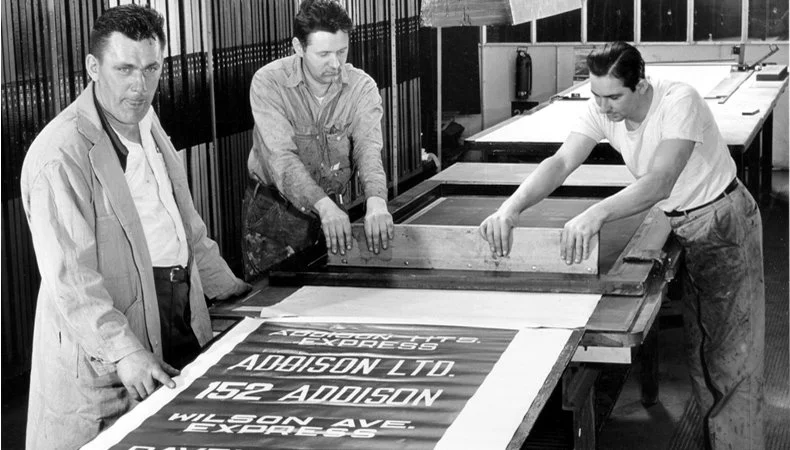A garment dye house is a specialized facility that is responsible for dyeing textiles, usually clothing items, after they have been manufactured. This process is commonly referred to as garment dyeing or garment coloring.
Garment dyeing is a process where a fully constructed garment is dyed, as opposed to dyeing the fabric prior to garment construction. This process can give the garment a unique look and feel, as well as increased durability and colorfastness. Garment dyeing is often used in the fashion industry for producing high-quality, long-lasting garments with unique colors and textures.
A garment dye house typically has specialized equipment, such as large dyeing machines, and employs skilled technicians who understand the complexities of garment dyeing. The dye house must also comply with environmental and safety regulations, as the dyeing process can involve hazardous chemicals.
Overall, garment dyeing is a popular method for producing high-quality, durable clothing items with unique colors and textures, and garment dye houses play an important role in the fashion industry by providing this service.
Embroidery has seen a resurgence in popularity in recent years, with new techniques and materials being used to create unique and intricate designs. Some of the newer trends in embroidery include the use of unconventional materials such as plastic or metal, as well as 3D embroidery and the incorporation of other crafts like quilting and knitting. Additionally, there has been an increase in the use of embroidery as a form of self-expression and political statement, with many artists using the medium to address social and political issues.
Halftones are tiny dots used to recreate shades of an ink colour on press. This is where the halftone comes in. A halftone is an array of different size dots which allows screen printers to simulate tonal variation when printing with a single ink on press.
Embroidery is the art of decorating fabric or other materials using a needle to apply thread or yarn. It is one of the oldest forms of decorative art and can be used to create a wide range of designs and patterns on clothing, household linens, and other textiles. Embroidery is typically done by hand, but it can also be done using a machine.
Screen printing is a form of stencil printing in which ink is pushed through a mesh screen onto a substrate.
It is one of the oldest forms of printing, dating back to ancient China, where it was used to print textiles.
Screen printing is often used to print designs on T-shirts, posters, signs, and other materials.
The technique can also be used to print on non-flat surfaces, such as ceramic, metal, and plastic.
Screen printing is often preferred over other printing methods because it can produce high-quality images and is relatively inexpensive for high-volume runs.
It's commonly used in commercial and industrial printing, as well as art prints, textiles and ceramics decoration.
A variation of screen printing called "four color process" can be used to print full color images.
Since it use stenciling, it can be use as a multiple layer print such as printing a design that contain some different color layers.
Screen printing, also known as serigraphy or silk screening, is a printing technique that dates back to ancient China, where it was used to print textiles. The process was later refined and popularized in Japan, where it was used to print on paper and other materials.
Textile printing
Textile printing is the process of applying designs, patterns, or logos to fabric using dye, pigment, or other printing techniques. The history of textile printing dates back to ancient civilizations, where people used natural dyes and simple printing techniques to decorate fabric. In the Middle Ages, textile printing became more advanced, with the development of block printing and stenciling. During the Industrial Revolution, the invention of the steam engine and the power loom revolutionized textile production and printing, making it faster and more efficient. Today, textile printing continues to evolve with the use of advanced printing technologies and techniques, such as digital printing and sublimation printing.









